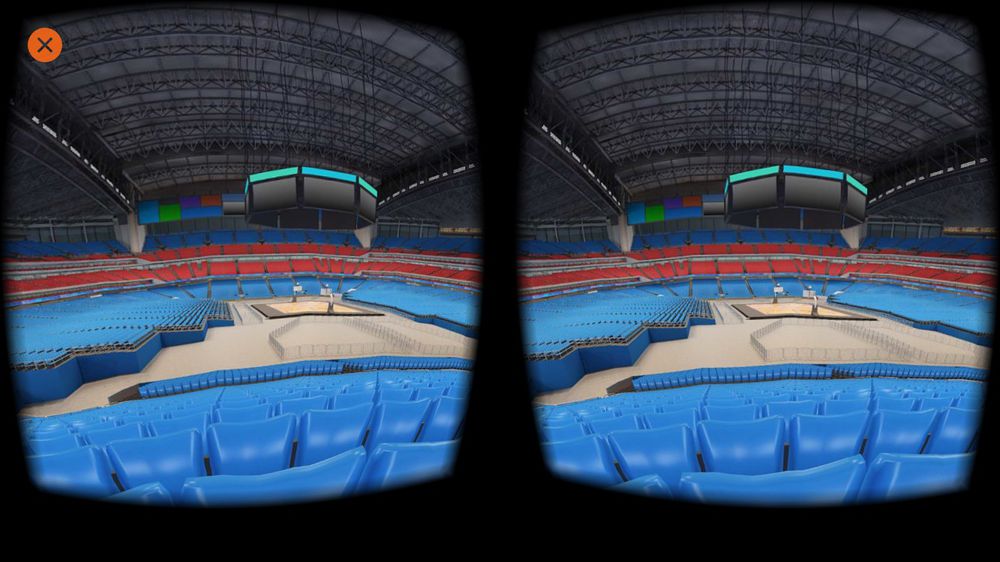How to Create a Content Marketing Strategy for Virtual Reality. 71% of consumers think a brand that uses virtual reality is forward-thinking. Creating a content marketing strategy for virtual reality isn’t that different from a normal content marketing strategy, but it requires an understanding of engagement through interactivity. How to Create a Content Marketing Strategy for VR Keep Your Existing Audience in Mind How does your ideal customer consume your content already? Thanks to the incorporation of VR, the brand has enhanced their customer’s existing experience, and helped them better navigate to a purchase. After all, virtual reality is not about the content, it’s about the user experience. Thus, your content creation strategy should aim to be immersive for the consumer, giving them an in-depth view at your product offerings. They posit that realtors would be able to allow their clients the ability to make custom changes to the home through the VR app, helping the user experience become more interactive, and giving clients a clearer vision of what it’d be like to live in the property. Although there’s nothing quite as unique as this cause, you can still find ways to take customers on an emotional journey through your own VR content. But 2017 is the year we should at least start acknowledging its existence, and begin experimenting with it.

Customers are more inclined to engage with or purchase from brands they feel the strongest connection with. This isn’t a new development. What is new is the definition of the term “engagement” itself, or more accurately, what defines a customer’s engagement.
For many customers today, an experience is inauthentic if it’s not interactive. Meaning, they have to be able to reach out and feel like they’re grabbing the thing you’re selling, which is a far cry from the days where leaving a comment on a blog post counted as a sufficient interaction.
71% of consumers think a brand that uses virtual reality is forward-thinking. And however you feel about the term “forward-thinking,” one thing is for sure: these brands stand out and gain consumer attention.
Despite what you might think about VR, it’s not a completely inaccessible marketing tactic. Creating a content marketing strategy for virtual reality isn’t that different from a normal content marketing strategy, but it requires an understanding of engagement through interactivity.
How to Create a Content Marketing Strategy for VR
Keep Your Existing Audience in Mind
How does your ideal customer consume your content already? Is it through a weekly webinar or Q&A? Or maybe a daily vlog from the CEO’s desk? Whatever content routine you’ve created, you can continue that strategy while incorporating VR technology.
For example, if your primary medium is Facebook video, you can start producing virtual reality content on Facebook Spaces Although Spaces is still in beta, it’s poised to become a Facebook standard in the not-so-distant future. There’s no better time than the present to start thinking of ways to make it benefit your brand.
Does your business have an app? One emerging trend for app-based businesses is to infuse virtual reality content for use with a Samsung or iPhone paired VR headset. Take mega-ticket marketplace Stubhub as an example. They’ve now added a 360 degree virtual reality view to every ticket purchase, allowing customers to see the view from their actual seats.

These virtual views have been available on Stubhub.com for a while now, but used to be standard (rather than 360 degree) images. Thanks to the incorporation of VR, the brand has enhanced their customer’s existing experience, and helped them better navigate to a purchase.
Just think of how many times you’ve decided against buying tickets because you weren’t sure about the view. Stubhub is effectively solving this problem by tweaking their existing content to enable VR capabilities.
Don’t Just Content, Create An Experience
The notion of a content marketing strategy combined with virtual reality might be misleading. After all, virtual reality is not about the content, it’s about the user experience. Thus, your content creation strategy should aim to be immersive for the consumer, giving them an in-depth view at your product offerings.
Store “Walk-Throughs”
Take the customers through your store, showing them your best inventory and product offerings first hand, like Shopify. The e-commerce giant is about to release their all-new thread studio, which is a VR app that will take consumers into a virtual studio to view t-shirt…

COMMENTS